Long-Term Cooperation Needs to Hack a Visiting Tourists to Jakarta
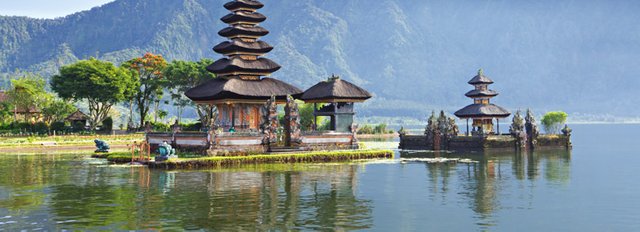
Jakarta Hotels Association assesses the need for long-term cooperation and process involving tourism stakeholders to hoist the level of tourist visits to the capital.
Chairman of the Jakarta Hotels Association (JHA), Richard S. Mau, said that a sustainable process, commitment and communication among stakeholders are needed to attract tourists who want to travel specifically to Jakarta. According to him, various tourist destinations in the world such as Bangkok, Tokyo, and others managed to attract tourists because seriously developed the tourism industry and other related industries since long.
"They have been doing it for years with special efforts, funding, and sustainable development," Richard told Bisnis on Wednesday (2/5/2018).
He stated the main purpose of foreign tourists (foreign tourists) coming to the capital is to travel on business. Richard added the hotel with the aim of attracting tourists who want to travel and recreation is being developed by the Department of Tourism and Culture of DKI Jakarta Province and the Ministry of Tourism.
"However, recreational tourism is not just a light that can be turned on, it takes time, allocation of resources, infrastructure, and the development of attractiveness that can compete on the global stage," he explained.
Here are the tourist attractions in Indonesia:
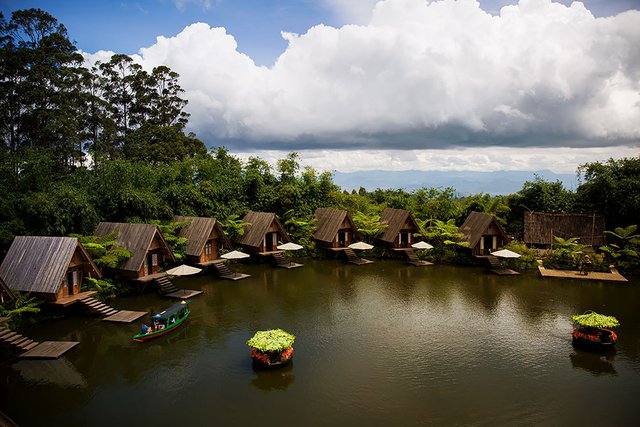
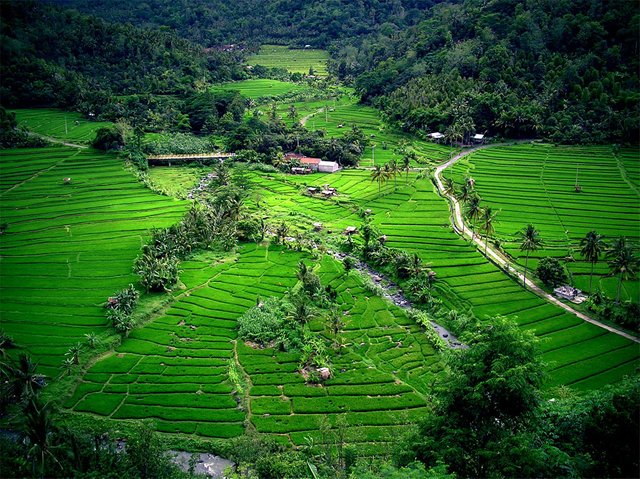
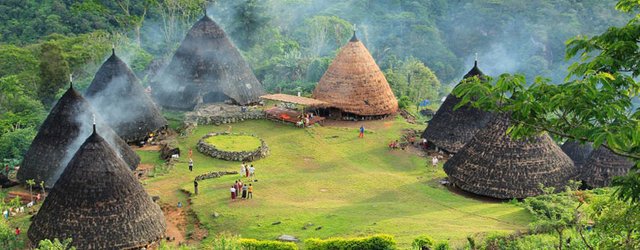
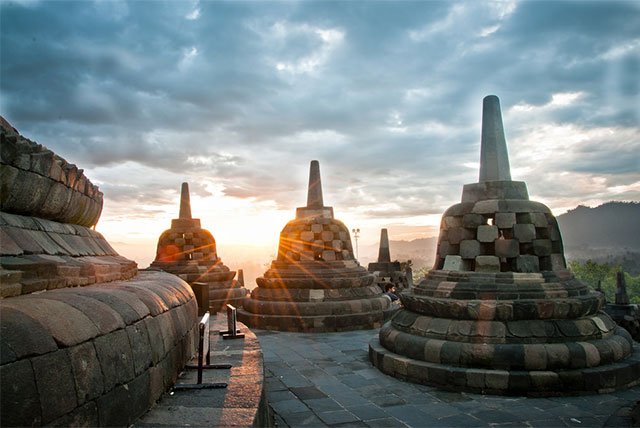

Jakarta Central Bureau of Statistics (BPS) recorded the visit of foreign tourists to the capital in March 2018 rose 20.25% to 244,612 people compared with the previous month which was 203,418 people. The year-on-year (yoy) growth occurred 10.37% from 221,620 people before.
However, Room Occupancy Rate (TPK) dropped 0.66% to 61.77% in March 2018 compared to the previous month which was around 62.43%. Occupancy in March 2018 was also lower by 2.48% compared to the same period the previous year.
However, JHA claims most of its members posted business growth in March 2018 compared to the same period the previous year. Unfortunately, JHA did not mention in detail the growth that occurred, including in terms of occupancy.